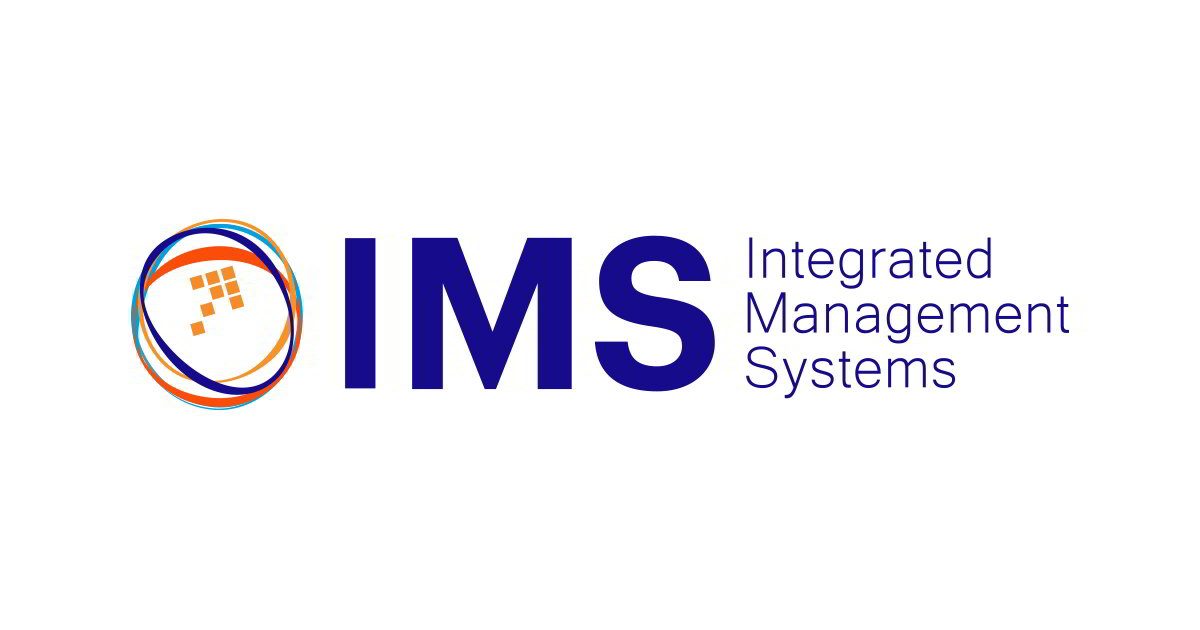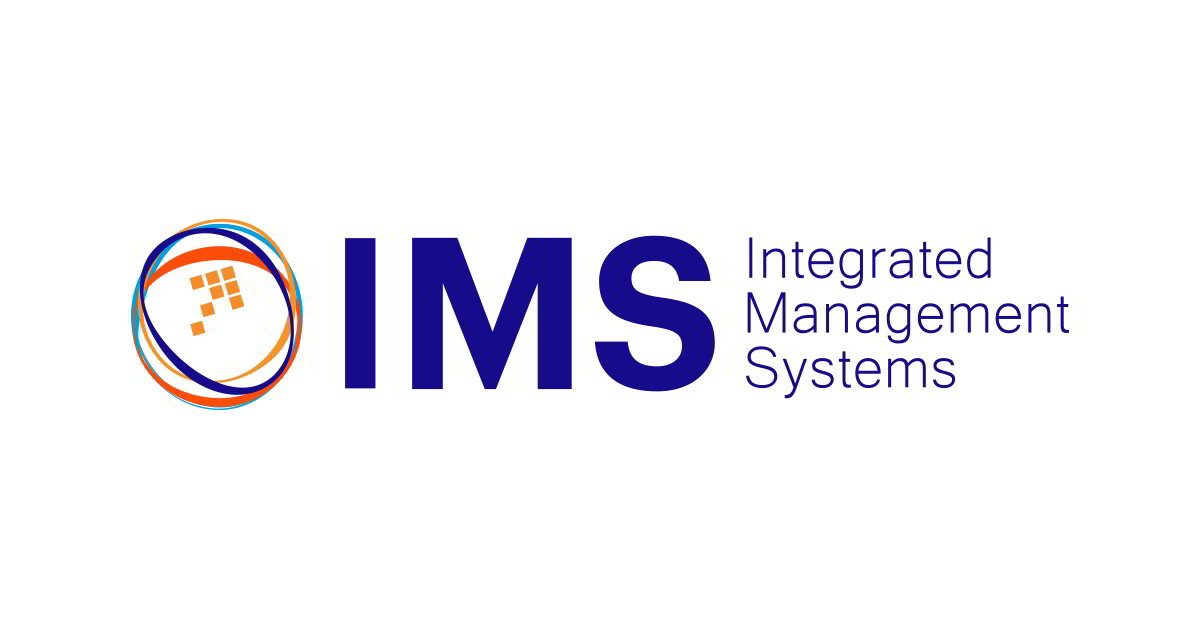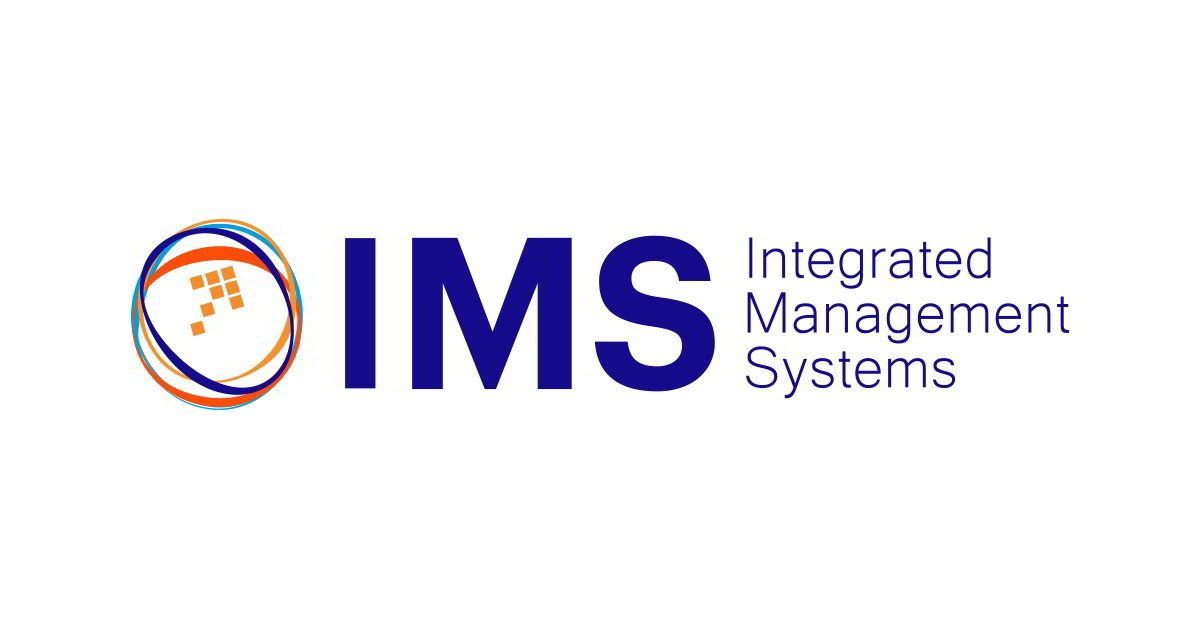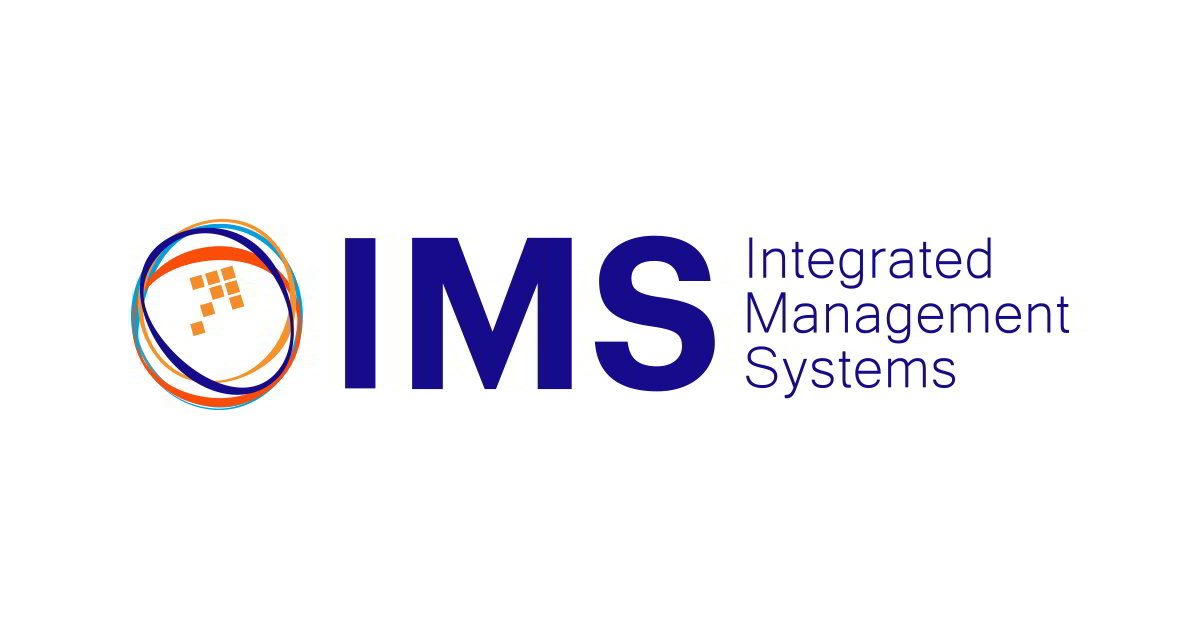Key Principles and Structure of an Integrated Management System (IMS)
Integrated Management Systems (IMS) streamline multiple management standards into a single cohesive framework, enabling organizations to effectively manage quality, environmental, health, safety, and other business objectives. An IMS enhances efficiency by reducing duplication, improving decision-making, and aligning strategies with organizational goals.
This article explores the key principles and structure of an IMS, focusing on its design, implementation, and benefits.
Key Principles of an Integrated Management System
1. Leadership and Commitment
Strong leadership ensures that the IMS aligns with the organization’s strategic goals. Top management plays a crucial role in:
- Establishing a unified vision.
- Defining policies that address multiple standards.
- Promoting a culture of continual improvement.
2. Risk-Based Thinking
Risk-based thinking identifies potential threats and opportunities across all management areas. By incorporating proactive risk assessments, the IMS minimizes disruptions and maximizes operational efficiency.
Click Here to Download Integrated ISO Management Systems (IMS) Toolkit
3. Process Approach
A process-based approach ensures that all activities and resources are systematically aligned with organizational objectives. Key elements include:
- Identifying interrelated processes.
- Setting performance indicators for each process.
- Monitoring and optimizing process outputs.
4. Continual Improvement
An IMS fosters a culture of ongoing improvement, using tools like the Plan-Do-Check-Act (PDCA) cycle to refine processes, policies, and objectives.
5. Stakeholder Engagement
Meeting the needs of interested parties—such as customers, employees, suppliers, and regulatory bodies—is integral to an IMS. Regular communication ensures their expectations are addressed comprehensively.
6. Compliance with Legal and Regulatory Requirements
An IMS aligns with local and international standards, ensuring compliance with laws governing quality, environmental protection, and workplace safety.
Structure of an Integrated Management System
An IMS structure integrates components from various standards (e.g., ISO 9001, ISO 14001, ISO 45001) into a unified framework. It typically includes the following elements:
1. Policy
The IMS policy combines objectives from multiple management areas into a single document, reflecting the organization’s commitment to quality, sustainability, safety, and other goals.
Click Here to Download Integrated ISO Management Systems (IMS) Toolkit
2. Planning
The planning phase involves:
- Identifying risks and opportunities.
- Establishing IMS objectives.
- Integrating requirements from various standards.
- Planning for resource allocation.
3. Support
The IMS framework ensures that resources, competence, awareness, and communication are managed effectively. Key components include:
- Documentation: Consolidated procedures and records for all standards.
- Competence Development: Training programs to address multi-standard requirements.
- Communication:Transparent communication within the organization and with external stakeholders.
4. Operation
This section defines the operational controls required to meet the objectives of integrated standards:
- Management of processes like product/service delivery, waste management, and workplace safety.
- Implementation of operational controls for hazards, environmental impacts, and customer satisfaction.
5. Performance Evaluation
Performance evaluation includes:
- Monitoring and measuring processes.
- Conducting internal audits to assess compliance with the IMS.
- Management reviews to analyze effectiveness and decide on corrective actions.
Click Here to Download Integrated ISO Management Systems (IMS) Toolkit
6. Improvement
The IMS incorporates mechanisms to:
- Address non-conformities and implement corrective actions.
- Drive continual improvement through innovation and process optimization.
Benefits of an Integrated Management System
Implementing an IMS offers several advantages:
- Efficiency Gains: Eliminates redundancy in policies, documentation, and audits.
- Cost Savings: Reduces administrative burden and enhances resource utilization.
- Holistic Risk Management: Addresses risks across quality, safety, and environmental domains.
- Improved Compliance: Simplifies adherence to multiple standards.
- Enhanced Stakeholder Trust: Demonstrates a unified approach to organizational responsibility.
Steps to Implement an Integrated Management System
- Gap Analysis: Assess current systems against the requirements of desired standards.
- Policy Development: Create a consolidated policy reflecting integrated objectives.
- Resource Allocation: Assign roles and resources for implementation.
- Process Integration: Align existing processes to the IMS framework.
- Training: Provide multi-standard awareness training for employees.
- Internal Audit: Evaluate compliance and identify improvement areas.
- Certification: Seek third-party certification to validate the IMS.
Click Here to Download Integrated ISO Management Systems (IMS) Toolkit
Conclusion
An Integrated Management System is a strategic tool that enhances organizational effectiveness and resilience by aligning multiple management standards into a single, unified framework. By focusing on leadership, risk management, continual improvement, and stakeholder engagement, an IMS drives operational excellence and sustainable growth. As industries evolve, adopting an IMS ensures that organizations remain competitive, compliant, and capable of meeting diverse stakeholder expectations.
Click HERE to download or any of the following documents:
IATF 16949 Automotive Quality Management Implementation Kit
ISO/IEC 17025 Laboratory Management System Implementation Kit
HACCP Implementation Kit
ISO 9001 Quality Management Systems (QMS) Implementation
ISO 22000 Food Safety Management Systems (FSMS) Implementation
Food Safety Systems Certification (FSSC) 22000 v5 Implementation
ISO 14001 Environmental Management Systems (EMS) Implementation
ISO 45001 Occupational Health & Safety Management Systems (OH&SMS) Implementation
ISO 50001 Energy Management Systems (EnMS) Implementation
Integrated Management Systems (IMS) Implementation
Production, Quality Control / Equipment Maintenance Kit
Lean Six Sigma
Lean Management/Manufacturing
Six Sigma Kit
Supplier Quality and Compliance Management (SQCM) Kit
Risk Management
Industrial Health, Safety & Environmental Management (HSE) Kit
Process Manuals



